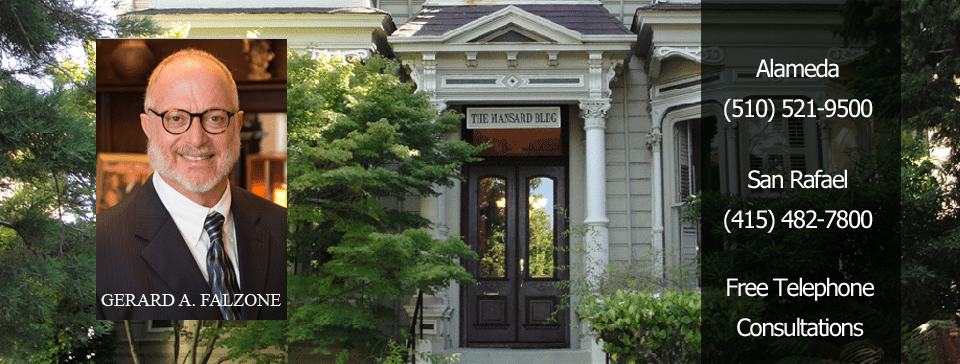 Most people think about child custody and visitation schedules as every other weekend, alternating holidays, or the division of school vacation times. However, there is another version of the child custody agreement where one parent has sole physical custody of a child while the other parent is granted supervised visits.
Most people think about child custody and visitation schedules as every other weekend, alternating holidays, or the division of school vacation times. However, there is another version of the child custody agreement where one parent has sole physical custody of a child while the other parent is granted supervised visits.
Family Law Expert Explains Child Custody & Supervised Visitation
Supervised visits can take place in a variety of locations, but they are limited in time and require that a neutral third party be present while the non-custodial parent is present (more on that below). They are typically ordered in child custody cases where the non-custodial parent’s “fitness” is questionable or has conditional stipulations.
When To Seek Supervised Visits
Judges are most likely to order supervised child visits when:
- The parent has a known substance abuse issue.
- There are allegations/history of domestic violence or child abuse.
- There are allegations or a history of domestic violence.
- The court believes there is a child abduction risk.
- There is a history of unmanaged mental illness that compromises their ability to parent safely.
- The parent is guilty of child neglect (which can include an extended absence of the parent from a child’s life, in which case the court grants supervised visits for a specific length of time to help the child feel safer in the parent’s presence).
- Any reason a judge feels could pose a threat to the child during unsupervised visits.
Keep in mind that you cannot keep your child away from a parent because you feel they are dangerous. If that is the case, it’s essential that you contact your county family law courts or a reputable family attorney to file an emergency child custody and visitation order.
Who Qualifies As A Neutral Provider During Supervised Visitation Sessions?
California’s family law courts are very flexible about who is designated as the “neutral” provider who supervises the visit, but specific conditions must be met. If those aren’t met by someone you or the child knows, the court assigns a social worker, and their reasonable fee is paid for by the non-custodial parent (free and low-cost options are available for income-qualifying parents).
If the court orders supervised child visits, you can decide whether you have a qualifying non-professional provider willing to do the job (this is often more comfortable for the child) or whether a professional provider would be best.
The role of the neutral supervisor is to:
- Make safety their top priority during the visit or exchange.
- Speak the same language as the parents and child.
- Be neutral
- Be comfortable following the judge’s order.
- Feel comfortable ending a visit if needed.
They also agree to:
- Be present at all times during the visit.
- Listen to what is being said.
- Pay close attention to the child’s behavior.
- Report any suspected child abuse.
- Feel comfortable interrupting or ending the visit if they have concerns.
Because nonprofessional providers don’t have the same training as professionals, we don’t recommend using one if you believe your child is in physical danger or could be abducted during a visit – even with the neutral provider present. In that case, a professional provider is a better option.
Nonprofessional providers
Non-professional providers can be any trusted family member or friend who:
- Is over 18 years of age.
- Has NO record of child abuse, molestation, or any crime against another person.
- Has not been on parole or probation for the past 10 years.
- Has reviewed the child custody agreement and understands the responsibility and how to carry out their role.
- Does not create any antagonism, negative engagement, confrontation, or angst toward the child’s non-custodial parent.
- Must complete Form FL-324(NLP) and return it to the custodial parent to file with the court.
They should also read and familiarize themselves with the CA court’s Guide For Non-Professional Providers, which has a wealth of helpful information.
Professional Providers
If a suitable nonprofessional option is unavailable, the judge can assign a professional provider. These providers have been trained for the task and know how to handle sticky or potentially dangerous situations.
Professional providers may require payment if the non-custodial parent doesn’t qualify for free or low-cost options.
How Long Are Supervised Visits With Children?
The length of visits varies depending on:
- The age of the child.
- Work/school schedules.
- Availability of the provider.
In addition to the child’s comfort, safety, and well-being, parents should always focus on quality over quantity. It’s much better to schedule shorter visits filled with fun bonding activities than to plan a longer visit where a child grows bored, restless, or anxious. These visits are all about building trust and strong, loving relationships.
When Can More Traditional Unsupervised Visitation Begin?
There’s no easy answer to this question and the court is the ultimate deciding factor here.
Sometimes, the court stipulates specific conditions that must be met by the non-custodial parent, after which unsupervised visitation commences. This is very common in situations where addiction or substance abuse is the most concerning factor. Once the parent has completed things like rehab, established a sponsor, and regularly attends a sobriety program (like AA or NA), they may automatically resume a pre-determined visitation schedule assigned by the court.
In other cases, the non-custodial parent may have to petition the court to request changes to the child custody agreement. Again, they are responsible for proving to the court that they are fit enough to have unsupervised visits or to have more traditional, extended visits with their child.
Use Child Mediation To Avoid Scenarios Leading To Supervised Child Visitation
A history of domestic abuse or child endangerment is one thing, but sometimes, it is the toxicity between divorcing adults that leads to a temporary supervised visitation schedule. And, while it might seem like vindictive punishment to the parent who’s lost custody, it’s more harmful to the child or children who are stripped of yet another element that brought them a sense of security and stability in their lives.
The more couples can do to prioritize their children’s mental and emotional health, including using divorce mediation or collaborative divorce options, the less likely one or the other is to make rash decisions that lead to unhealthy outcomes for the children and family.
The Law Offices of Gerard A. Falzone are committed to keeping divorces as straightforward as possible, minimizing toxic contention, stress, and drama. Contact us to learn more about how we help Bay Area couples get through their divorces while prioritizing everyone’s well-being.
